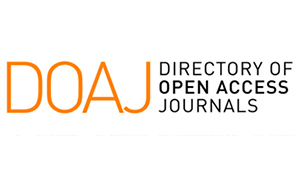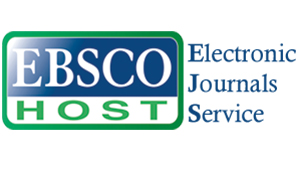Carmen Rosa Rodríguez Caro orcid 0000-0002-7426-4215
Randall Jesús Seminario Unzueta orcid 0000-0002-2040-6716
Jessica Paola Palacios Garay de Rodríguez orcid 0000-0002-2315-1683
Arístides Alfonso Tejada Arana orcid 0000-0002-8905-3082
Mary Paola Mamani Tacuri Ordic orcid 0000-0003-4873-5332
Patricia Yovana Huaytan Julcarima orcid 0000-0003-3311-3477
Ricardo Rodríguez Jara Reg.C.A.L 12553
DOI: 10.59427/rcli/2024/v24cs.2102-2143
This article corresponds to a systematic review that compiles, analyzes and interprets the available data related to the prevention of medical malpractice in all medical acts, in plastic surgeries, reconstructive surgeries, aesthetic surgeries, dental surgeries, and all types of surgeries, and all types of surgeries, from the study of the findings it is obtained that it is necessary to generate conscience in the rigorous respect of the protocols, guides, legal regulations, existing jurisprudence, as well as of the Lex Artis Ad Hoc, for the management and prevention of all types of medical negligence. Focusing on the study, analysis and interpretation of the data obtained on the subject. Thus, we conclude that all medical professionals must transmit the limits of their profession, as well as the risks of the procedure to be performed, so that the patient is duly informed with the transparency and truthfulness that the case deserves. Before performing a medical act, every health professional must comply with the following duties: the duty of prevention, the duty of possible diligence (avoiding any risky activity), prevailing at all times ethics, the duty of prudence and the duty of expertise. In all medical malpractice, the consequences of the Medical Act must necessarily prove the precedent and consequent causal nexus. The proper causal nexus is evaluated: DAMAGE, DAMAGED ACT, and IMPUTABILITY. The article offers an analytical and detailed explanation about ethics in medicine and the professional responsibility of the physician. The importance of acting in the patient’s best interest (principle of beneficence) and avoiding causing harm (nonmaleficence) is emphasized. The right of the patient to make informed decisions about his or her treatment (patient autonomy) and the principle of justice in equal treatment for all are also discussed. In addition, the concept of “medical malpractice” is addressed, both by omission (when the physician fails to fulfill his or her duties) and by commission (when the physician performs prohibited actions). It highlights the need for expert evaluation to determine culpability and compensation in malpractice cases. This approach highlights how ethics guides medical practice by ensuring the utmost care and responsibility toward patients, as well as respect for life. The focus of this article is preventive in nature and function, seeking in every act to avoid accidents and adverse events in every medical act. Any medical intervention must be performed in a public, private or mixed establishment that meets the guarantees of hygiene and instruments necessary for any emergency. Verify that the health facility has authorization and RENIPRESS code, which is granted by the Ministry of Health, through the DISA (Directorate of Health).
Pág 2102-2143, 05 Sep








